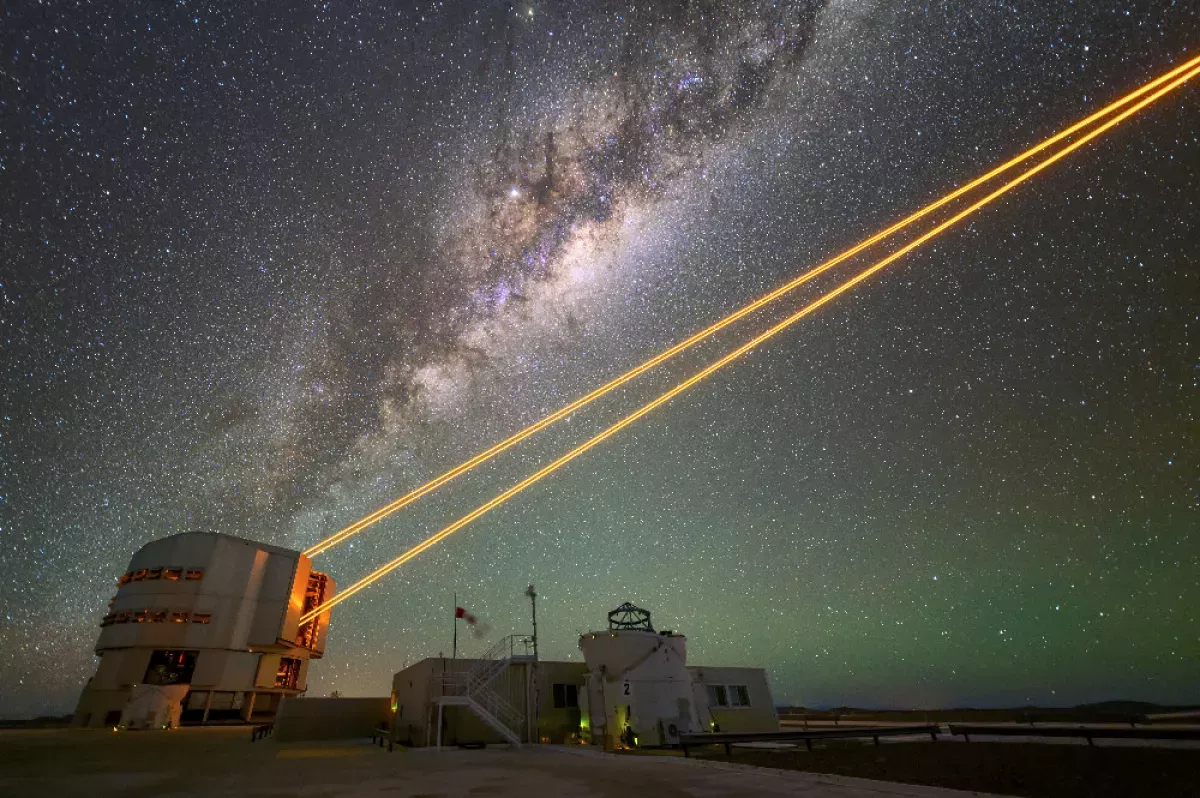A laser is a device that produces a focused beam of light through a process called stimulated emission. "Laser" is an acronym for "light amplification by stimulated emission of radiation." The first operational laser was built in 1960 by Theodore Maiman, based on the research of Charles Townes and Arthur Schawlow.
1917: Theoretical Foundations for Lasers and Masers
In 1917, Albert Einstein established the theoretical foundations for the laser and the maser.
1928: Stimulated Emission and Negative Absorption Confirmed
Rudolf W. Ladenburg confirmed the existence of the phenomena of stimulated emission and negative absorption in 1928.
1939: Prediction of Stimulated Emission Amplification
In 1939, Valentin A. Fabrikant predicted the use of stimulated emission to amplify "short" waves.
1947: First Demonstration of Stimulated Emission
In 1947, Willis E. Lamb and R. C. Retherford found apparent stimulated emission in hydrogen spectra and effected the first demonstration of stimulated emission.
1950: Optical Pumping Proposed and Demonstrated
In 1950, Alfred Kastler proposed the method of optical pumping, which was experimentally demonstrated two years later by Brossel, Kastler, and Winter.
1951: Proposal for Microwave Amplifier Using Stimulated Emissions
Joseph Weber submitted a paper on using stimulated emissions to make a microwave amplifier in 1951.
June 1952: Presentation on Microwave Amplifier
In June 1952, Joseph Weber presented his ideas on using stimulated emissions to make a microwave amplifier at the Institute of Radio Engineers Vacuum Tube Research Conference in Ottawa, Ontario, Canada.
1953: First Microwave Amplifier
In 1953, Charles H. Townes and graduate students James P. Gordon and Herbert J. Zeiger produced the first microwave amplifier, a device operating on similar principles to the laser, but amplifying microwave radiation rather than infrared or visible radiation.
1955: Optical Pumping of a Multi-level System Proposed
In 1955, Prokhorov and Basov suggested optical pumping of a multi-level system as a method for obtaining the population inversion, later a main method of laser pumping.
April 1957: Semiconductor Optical Maser Proposed
In April 1957, Japanese engineer Jun-ichi Nishizawa proposed the concept of a "semiconductor optical maser" in a patent application.
November 1957: Gordon Gould's Laser Ideas
In November 1957, Gordon Gould noted his ideas for a "laser", including using an open resonator (later an essential laser-device component).
1958: Study of Infrared Optical Masers and Patent Application
In 1958, Charles H. Townes and Arthur Leonard Schawlow began a serious study of infrared optical masers at Bell Labs. Bell Labs filed a patent application for their proposed optical maser that same year.
1958: Open Resonator for Lasers Proposed
In 1958, Prokhorov independently proposed using an open resonator for lasers, the first published appearance of this idea.
April 1959: Gould Files for Patent
In April 1959, Gordon Gould filed a patent application for his laser invention, detailing applications like spectrometry, interferometry, radar, and nuclear fusion.
1959: Acronym "LASER" Published
Gordon Gould first published the acronym "LASER" in the paper The LASER, Light Amplification by Stimulated Emission of Radiation at a conference in 1959.
May 16, 1960: First Functioning Laser
On May 16, 1960, Theodore H. Maiman created the first working laser at Hughes Research Laboratories in Malibu, California.
1960: First Laser Built
In 1960, Theodore Maiman built the first laser at Hughes Research Laboratories.
1960: Invention of the Laser
In 1960, lasers were invented and initially referred to as "a solution looking for a problem."
1960: Patent Awarded to Bell Labs
In 1960, the USPTO denied Gould's patent application and granted the patent to Bell Labs, sparking a long-standing legal battle.
1962: First Semiconductor Lasers Demonstrated
In 1962, Robert N. Hall demonstrated the first semiconductor laser emitting in the near-infrared, while Nick Holonyak Jr. showcased the first with visible emission, both operating in pulsed mode under specific conditions.
1963: Coherent States in Laser Beams
In 1963, Roy J. Glauber showed that coherent states are formed from combinations of photon number states and that a coherent beam of light is formed by single-frequency quantum photon states distributed according to a Poisson distribution. This means that the arrival rate of photons in a laser beam is described by Poisson statistics.
1964: Nobel Prize in Physics Awarded
In 1964, Charles H. Townes, Nikolay Basov, and Aleksandr Prokhorov shared the Nobel Prize in Physics, "for fundamental work in the field of quantum electronics, which has led to the construction of oscillators and amplifiers based on the maser–laser principle".
1966: Nobel Prize Awarded to Alfred Kastler
Alfred Kastler was awarded the Nobel Prize for Physics in 1966 for his work on optical pumping.
1970: Room-Temperature Diode Lasers
In 1970, Zhores Alferov in the USSR and Izuo Hayashi and Morton Panish at Bell Labs independently developed room-temperature, continuous-operation diode lasers using a heterojunction structure.
1974: Introduction of Supermarket Barcode Scanners
In 1974, the first widely noticeable application of lasers was the introduction of supermarket barcode scanners.
1977: Gould's First Patent Win
Gould won his first minor patent victory in 1977 after a protracted legal fight for his invention.
1978: Laserdisc Player Launch
The year 1978 saw the introduction of the laserdisc player, marking the first consumer product to incorporate a laser.
1982: Rise of the Compact Disc Player
In 1982, the compact disc player emerged as the first laser-equipped device to achieve widespread adoption, followed closely by laser printers.
1987: Gould's Significant Patent Victory
In 1987, Gould achieved a significant legal victory when a Federal judge ordered the USPTO to issue patents to him for optically pumped and gas discharge laser devices.
1992: Lasing Without Population Inversion in Sodium Gas
In 1992, international research teams successfully demonstrated lasing without maintaining population inversion in sodium gas.
1993: Javan Receives Albert Einstein World Award
Ali Javan received the Albert Einstein World Award of Science in 1993 for his contributions to the development of the first gas laser.
1995: Lasing Without Population Inversion in Rubidium Gas
In 1995, following the success with sodium, lasing without population inversion was demonstrated in rubidium gas by several international teams.
2004: Laser Sales Statistics
In 2004, approximately 131,000 lasers (excluding diode lasers) were sold, generating US$2.19 billion in revenue. In the same year, roughly 733 million diode lasers were sold, amounting to US$3.20 billion.
2005: VCSELs Availability
As of 2005, 850 nm VCSELs were widely available, while 1300 nm VCSELs were entering commercialization, and 1550 nm devices were under research.
September 2007: Positronium Annihilation for Gamma Ray Lasers
In September 2007, speculation arose about using positronium annihilation to create a high-powered gamma ray laser for potential use in igniting nuclear fusion reactions.
2012: Commercial High-Power Green Laser Diodes
In 2012, Nichia and OSRAM developed and produced commercial high-power green laser diodes, providing competition for traditional diode-pumped solid-state lasers.
2015: White Laser Developed
In 2015, researchers created a white laser, with light modulated by a synthetic nanosheet capable of emitting varying proportions of red, green, and blue light.
2017: AC Josephson Junction Microwave Laser and Smallest Mode Locking Laser
In 2017, two significant laser advancements occurred: Delft University of Technology demonstrated an AC Josephson junction microwave laser with potential in quantum computing, and the Technical University of Munich demonstrated the smallest mode locking laser capable of emitting picosecond pulses at high frequencies.
2017: World Record for Laser Linewidth
Researchers from the Physikalisch-Technische Bundesanstalt (PTB) and JILA set a new world record in 2017 by developing an erbium-doped fiber laser with a linewidth of just 10 millihertz.
Mentioned in this timeline
California is a U S state on the Pacific Coast...
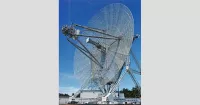
Radar is a radiodetermination system using radio waves to detect...
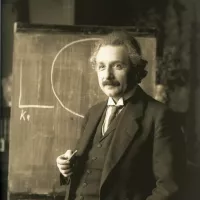
Albert Einstein - was a German-born theoretical physicist renowned for...
Canada is a North American country the second largest in...
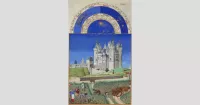
September is the ninth month of the year in the...
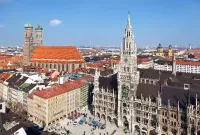
Munich the capital and most populous city of Bavaria Germany...
Trending
20 days ago HBO Max Offers Huge Black Friday Discount: One Year for Just $36!
2 months ago Bones Hyland NBA Fantasy Picks and Betting Tips for October 29 Games

7 months ago Timberwolves-Thunder Game 4: Gilgeous-Alexander's Impact and How to Watch the Decisive Match
3 months ago Iran faces snapback sanctions from Europe amid nuclear program deadlock and economic fears.
10 days ago Quinnen Williams' Impact on Cowboys' Defense and Resurgence; More Than Just One Player

1 month ago Jerry Jones claims unlocking $100B gas bounty, invests $1B, Prescott understands fan frustration.
Popular

Candace Owens is an American conservative political commentator and author...

Ilhan Omar is an American politician currently serving as the...

XXXTentacion born Jahseh Dwayne Ricardo Onfroy was a controversial yet...

Tom Cotton is an American politician and Army veteran currently...

Oprah Winfrey an American talk show host television producer actress...
Matt and Ross Duffer known as the Duffer Brothers are...
